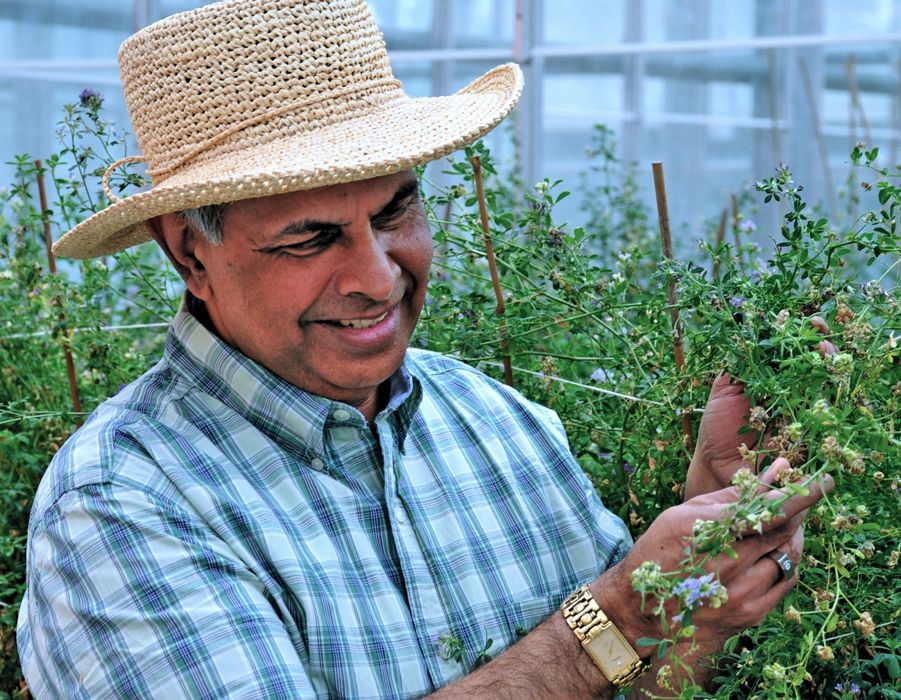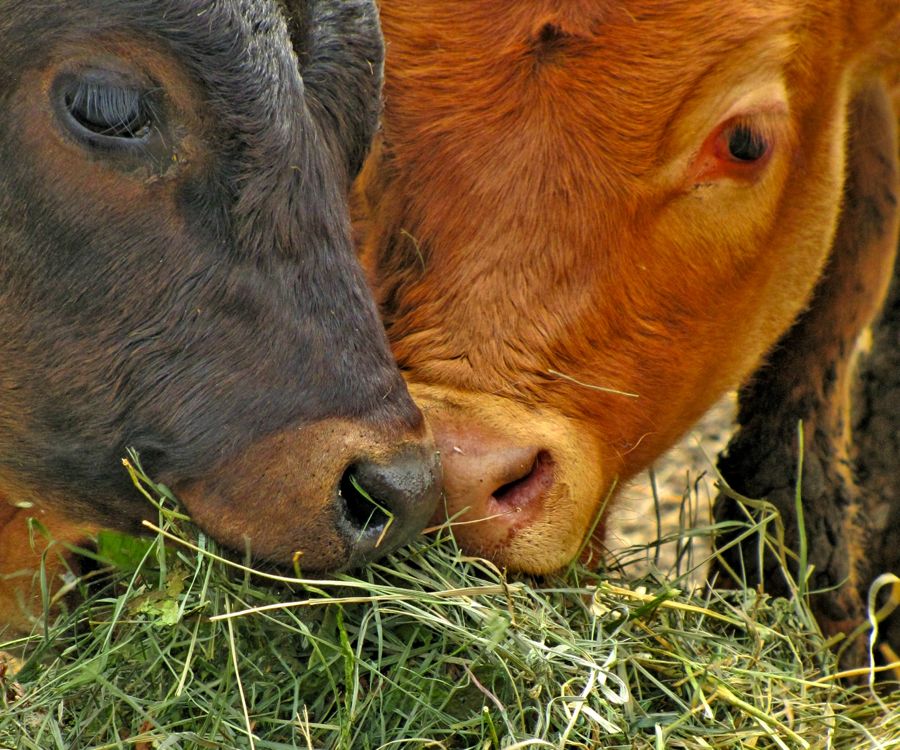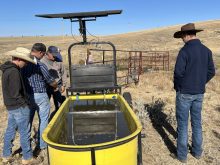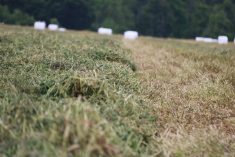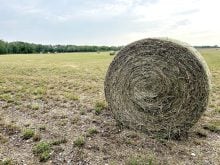Plant breeders usually look at huge numbers of plants when searching for particular traits.
But Agriculture Canada research scientist Surya Acharya took a survival-of-the-fittest approach to finding a hardy and competitive sainfoin variety for alfalfa-sainfoin pastures.
He transplanted plugs of seedlings into pure alfalfa stands, and used those that thrived to create the new Mountainview variety.
Forage breeders face another challenge: maintaining a variety of an open-pollinated species that breed true over time. Unlike self-pollinating species, such as wheat, that may be descended from a single plant, many forages must be cross-pollinated. The breeders’ answer is to develop synthetic cultivars, which include several genetic lines that combine well. Each parent must have good combining ability that means when intercrossed must produce vigorous offsping.
Read Also
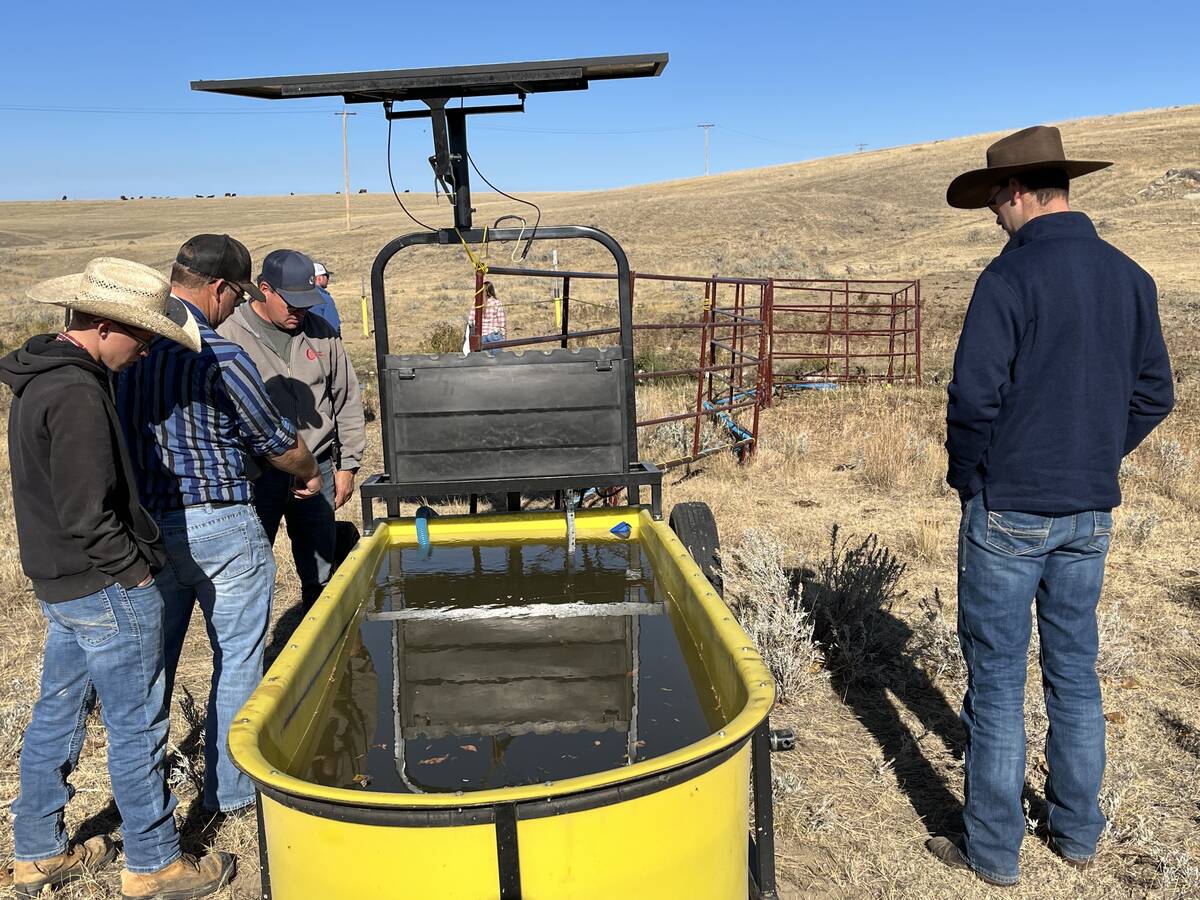
The planning time is now for approved grazing plan for upcoming On-Farm Climate Fund applications for early 2026
Millions of dollars in grant funding available for ranchers in grazing operations in Western Canada
- More from the Alberta Farmer Express: Sainfoin story keeps getting better
Plants with this ability are then tested growing together. A synthetic variety has to include plants that maintain the characteristics the breeder wanted as they pollinate one another — producing seed for forage with consistent qualities.
The next challenge for Acharya is to find a way to have future forage varieties appreciated for their ability to persist and produce in mixed species pastures. Current forage variety trials assess performance in pure stands cut twice a year. A new system is needed to assess the productivity of a new potential variety in pasture situations with other species and repeated harvests.


